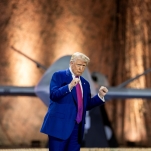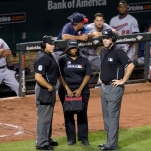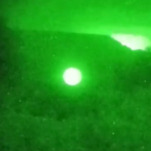Psychic robots are coming—soon
Researchers at the University of Illinois at Chicago have developed an algorithm that can read our intentions, and are calling it a “psychic robot.”
In a statement published this week, the university explained that the algorithm can read intended actions that were suddenly interrupted, and correct course faster than humans. UIC’s Justin Horowitz, lead author of the study discussing the algorithm, added:
-

-

-

-

-

-

-

-

-

-

-

-

-

-

-

-

-

-

-

-

-

-

-

-

-

-

-

-

-

-

-

-

-

-

-

-

-

-

-

-

-

-

-

-

-

-

-

-

-

-

-

-

-

-

-

-

-

-

-

-

-

-

-

-

-

-

-

-

-

-

-

-

-

-

-

-

-

-

-

-

-

-

-

-

-

-

-

-

-

-

-

-

-

-

-

-

-

-

-

-

-

-

-

-

-

-

-

-












































































































